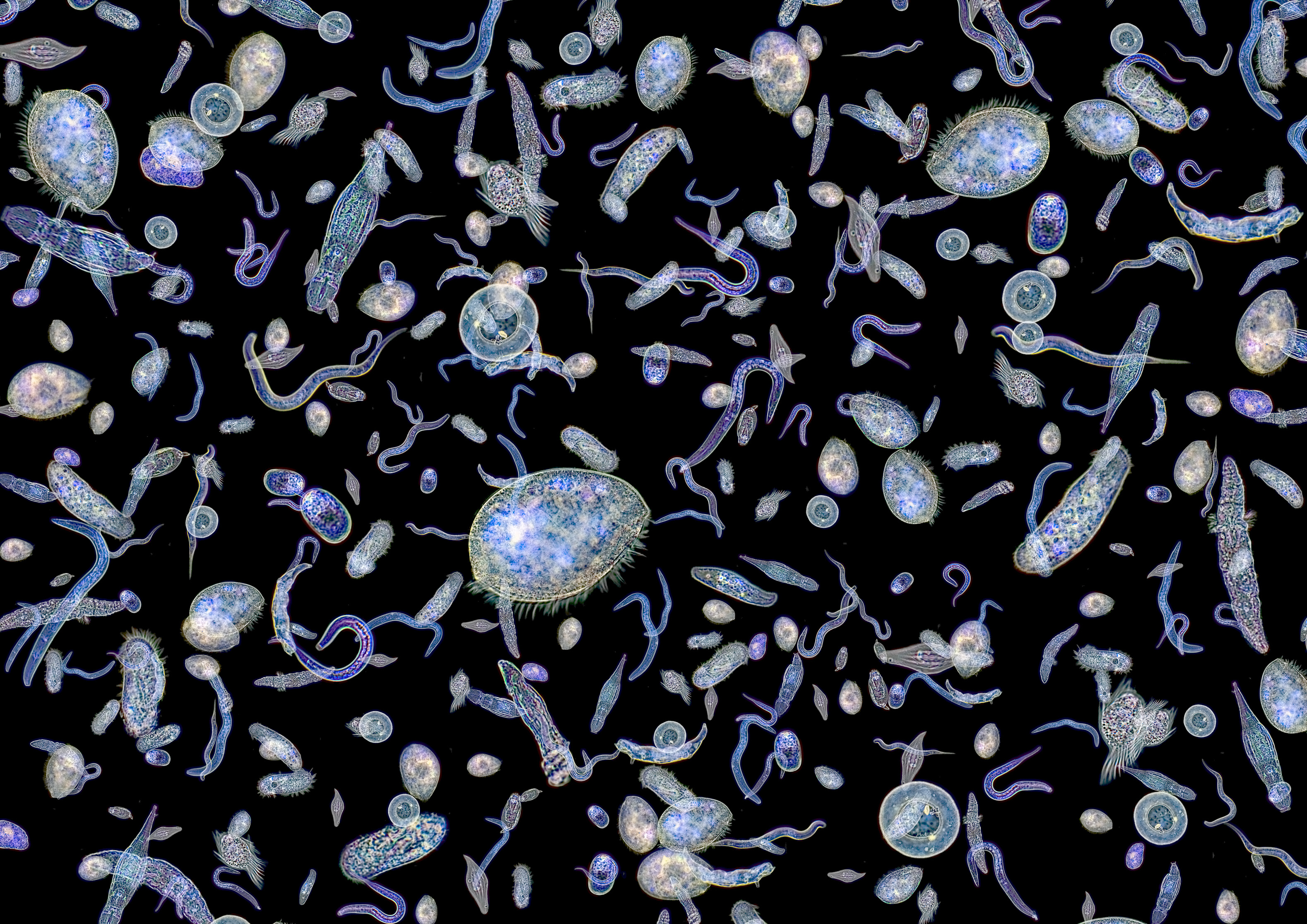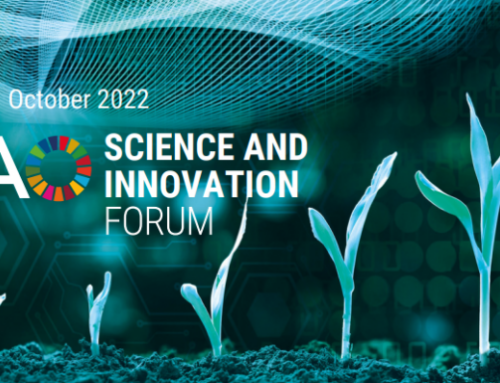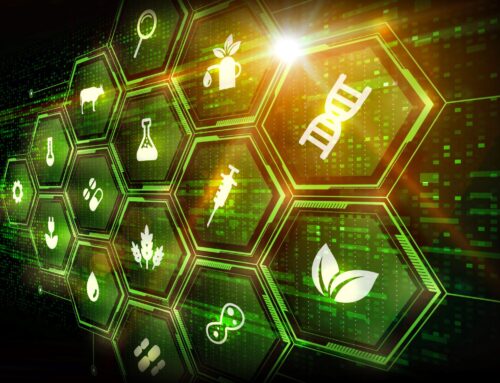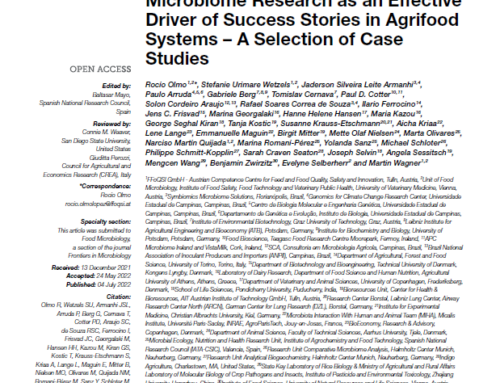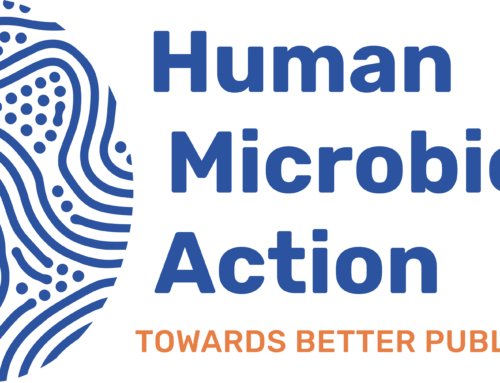The coronavirus has the world in suspense. Gabriele Berg, Professor and Head of the Environmental Technology Unit at the University of Graz, explains the role of the microbiome for the Covid-19 and other pandemics.
The microbiome is composed of the microbiota and the surrounding environment. All living micro-organisms, bacteria, archaea, fungi, algae and protists – a specific group of single-cellular or small multi-cellular organisms – form the microbiota, whilst viruses are part of the surrounding habitat. A healthy microbiome is diverse, evenly structured and shapes a balanced, functional network. Part of healthy microbiomes are potential disease agents which fulfil important functions: viruses, for instance, are important in the evolution of and co-existence of different members within the microbiota.
All pandemics originate in microbiomes
Disease outbreaks occur when microbiomes are imbalanced: certain micro-organisms multiply faster than others. Whether or not illnesses, epidemics or pandemics result from an altered microbiome is dependent on several factors such as the virulence of the pathogen (its ability to cause infection) and the susceptibility of the host. Illnesses can originate from many different types of microbiomes and can be transmitted via other humans, animals, plants or through water. The interconnectedness within and between microbiomes and the importance of the microbiome for overall human, animal and planetary health has contributed to the development of the ‘One Health’ initiative of the World Health Organisation (WHO). The One Health initiative calls for an integrated approach between human medical services, veterinary medicine, and environmental science: humans, animals and the environment need to be healthy, to ensure our own health.
Increased risk of pandemics in the Anthropocene
Globalisation, urbanisation, overpopulation and intensive agriculture have led to the term Anthropocene, the age of humans. Unfortunately, we have not only decimated our flora and fauna as part of the age of humans, we have also forgotten about the microbiomes. Biological diversity, which usually acts as ‘health insurance’ for pandemics, has been declining drastically. We urgently need to change our ways of thinking and doing if we want to bring our environment back into balance! The increase of global transport, world-wide exchange of foods and other products, the creeping contamination of the environment with harmful chemicals, the careless handling of plastic waste: all these developments and the interaction between these unintentionally promote the outbreak of viral infections, as well as antibiotic-resistant germs and fungi.
Microbiomes as treasure chest for new active substances?
Hygiene and antibiotics were sufficient shields against infectious disease during the last century. Today, we face new challenges through multi-drug-resistant germs and unknown viruses. Microbiomes offer potential solutions even though we have only been able to research them for a comparatively short time: microbiomes are potential treasure chests for new antibiotics as microbes produce these to keep each other in check. We currently know little about microbiomes yet ongoing research projects reveal more and more about the micro-organisms that are responsible for our health.
Author: Gabriele Berg, TU Graz, Austria and member of the MicrobiomeSupport consortium
Originally published in German on the website of the Technical University of Graz, Austria (see here)

